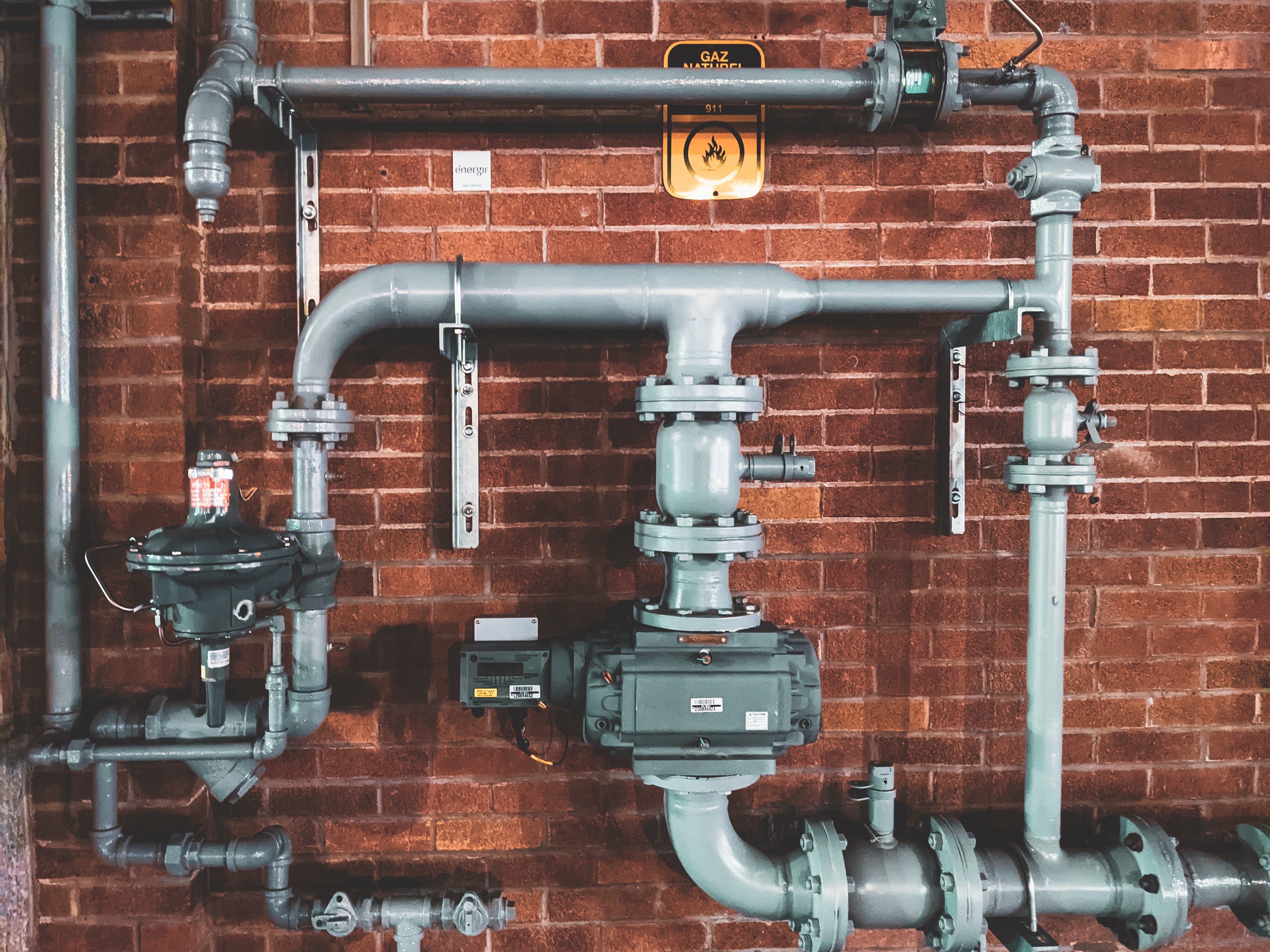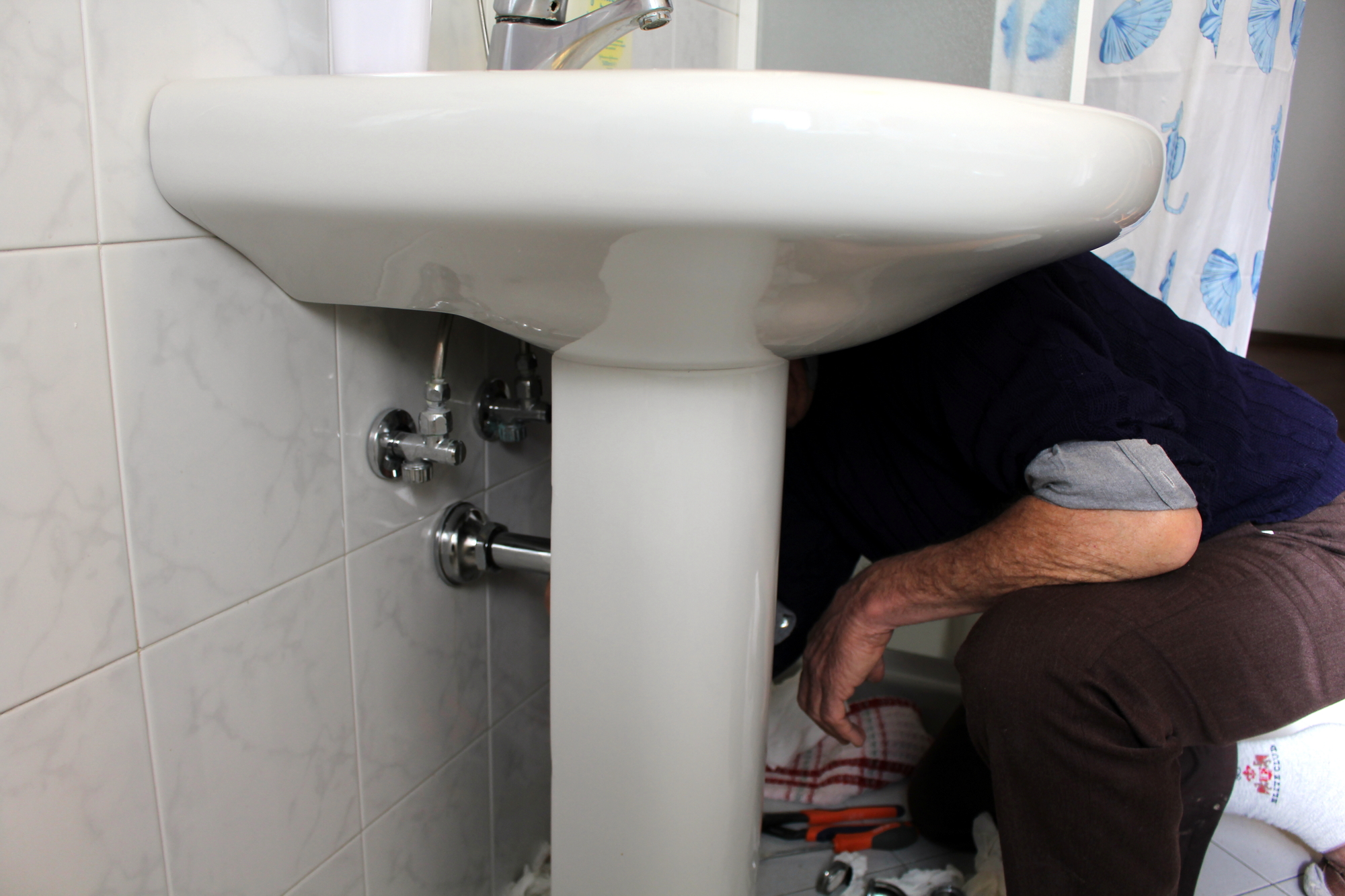Contaminated water can have numerous ill effects on human health, with one of the most prevalent being its harmful impact on the digestive system. In this post, we will discuss the various ways in which contaminated water can affect the digestive system and the precautions one can take to avoid falling prey to water-borne diseases.
Bacterial infections
One of the primary causes of water contamination is bacteria, and consuming contaminated water can lead to a bacterial infection in the digestive system. The symptoms of bacterial infections can vary from mild to severe and include abdominal pain, diarrheal, bloating, nausea, and vomiting. In severe cases, the infected person might need hospitalization and intravenous fluids to prevent dehydration.
Protozoan infections
Another common cause of water contamination is protozoan parasites such as Giardia and Cryptosporidium. Contaminated water containing these parasites can cause an infection that results in symptoms such as diarrheal, stomach cramps, and dehydration. Giardiasis is more prevalent in children than adults and can lead to severe weight loss and nutrient deficiencies.

Viral infections
Viruses such as rotavirus and Norovirus can also contaminate water sources and cause severe infections, particularly in children. The symptoms can range from mild diarrheal to severe vomiting, dehydration, and even death, in rare cases.
Heavy metal poisoning
Water sources contaminated with heavy metals such as lead, arsenic, and mercury can cause severe damage to the digestive system. Lead poisoning, in particular, can cause severe abdominal pain, weight loss, and anemia. Moreover, chronic exposure to heavy metals can result in irreversible damage to the body’s vital organs.
Precautions to avoid contamination
Contaminated water can lead to several infections and other severe health issues, but there are various precautions one can take to avoid consuming contaminated water. Some of these include:
1) Boiling water :
Boiling water is one of the most effective ways to kill bacteria, viruses, and other microorganisms that might be present in your water source. Boil water for 15-20 minutes and let it cool before drinking.

2) Chlorination
Chlorine is one of the most commonly used disinfectants to treat water. Chlorination can help to kill microorganisms such as bacteria, viruses, and protozoans that might be present in your water source. A primary benefit of this technique is that it is cost-effective and can be done at home.
3) Filtration
Water filtration is another way to remove contaminants from your drinking water. There are various filtration methods, including activated carbon filters, reverse osmosis filters, and UV filters, that can be used to remove impurities from your water source.
4) Hygiene
Hygiene is crucial in preventing water-borne infections. Always wash your hands before and after eating, and avoid touching surfaces that might be contaminated with bacteria or viruses. Moreover, avoid sharing utensils and other personal items.
Conclusion: Contaminated water can have a severe impact on human health, particularly on the digestive system. Bacterial, protozoan, and viral infections can cause symptoms ranging from mild diarrheal to severe dehydration, and in extreme cases, even death. Heavy metal poisoning is another significant concern that can cause irreversible damage to the body. Therefore, it is crucial to take precautions like boiling water, chlorination, and filtration, and maintain proper hygiene to avoid water-borne infections. If you suspect that you might have consumed contaminated water, seek medical attention immediately. Finally, consult with your local plumbing services provider to ensure that your domestic water sources are free from any contaminants. Contact Ace Plumbing Repair






